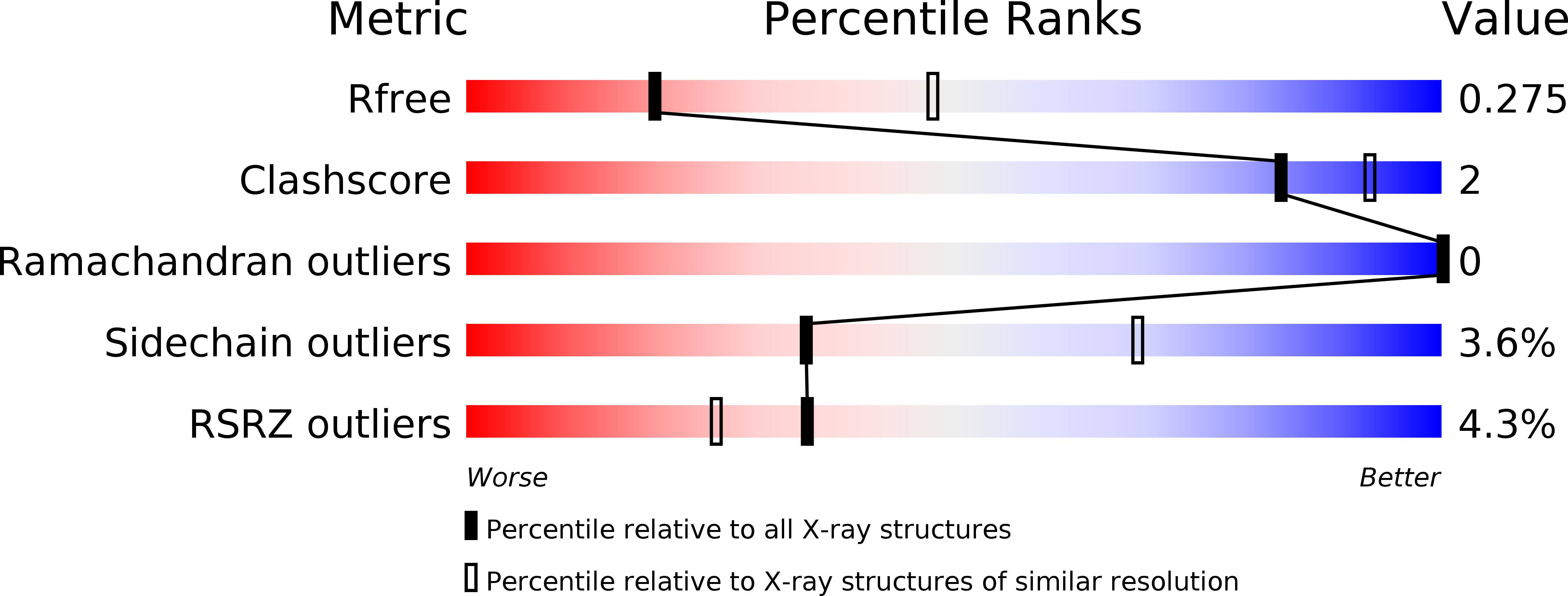
Deposition Date
2016-08-11
Release Date
2017-02-15
Last Version Date
2023-11-08
Entry Detail
PDB ID:
5GRL
Keywords:
Title:
Crystal structure of the alpha gamma heterodimer of human IDH3 in complex with Mg(2+), isocitrate and ADP
Biological Source:
Source Organism:
Homo sapiens (Taxon ID: 9606)
Host Organism:
Method Details:
Experimental Method:
Resolution:
2.79 Å
R-Value Free:
0.27
R-Value Work:
0.22
R-Value Observed:
0.22
Space Group:
P 31 2 1


